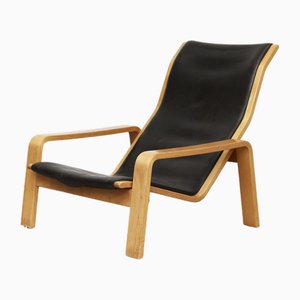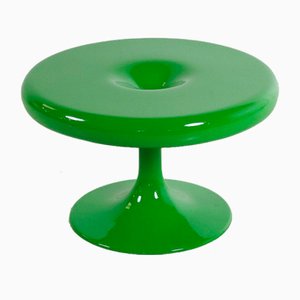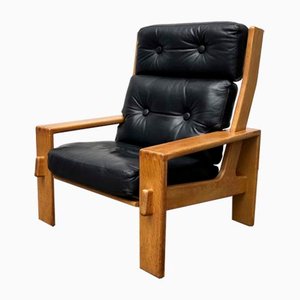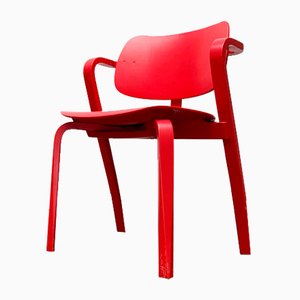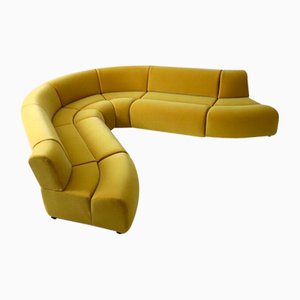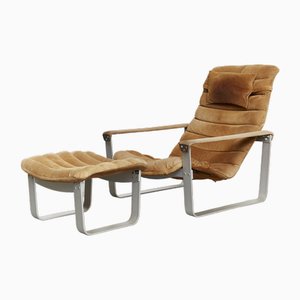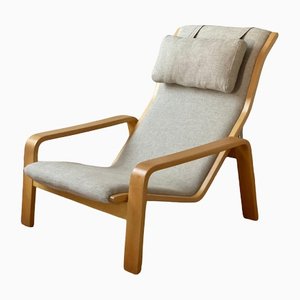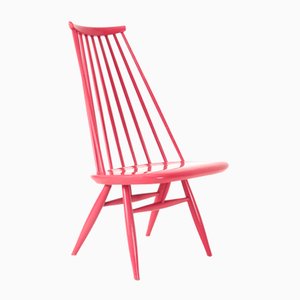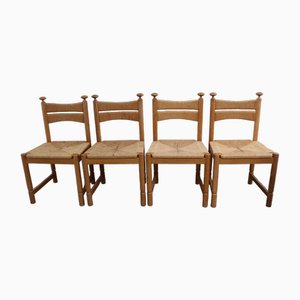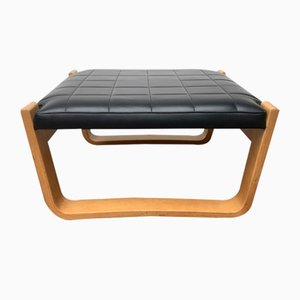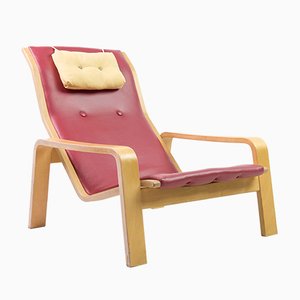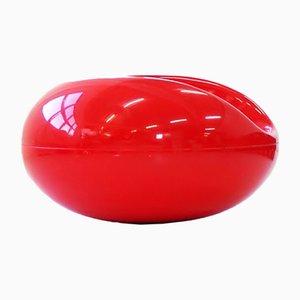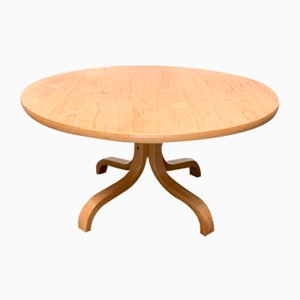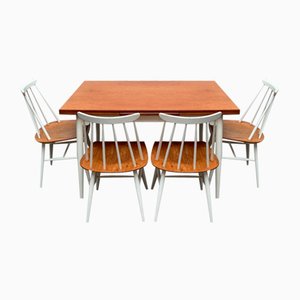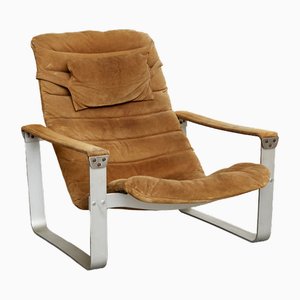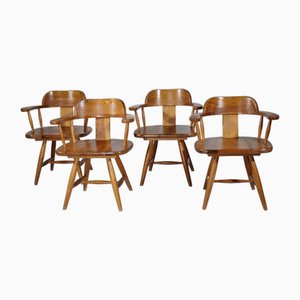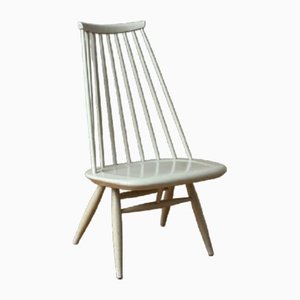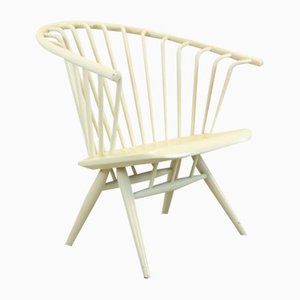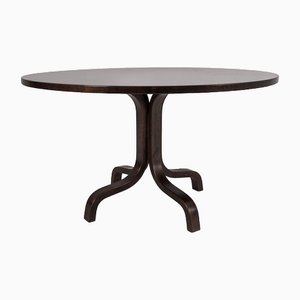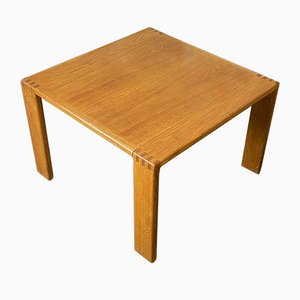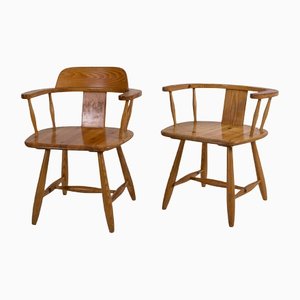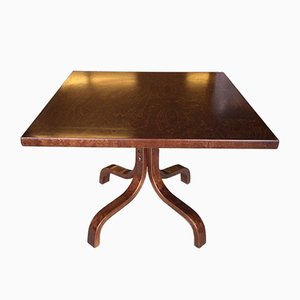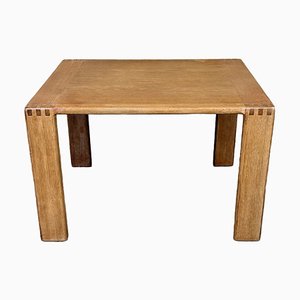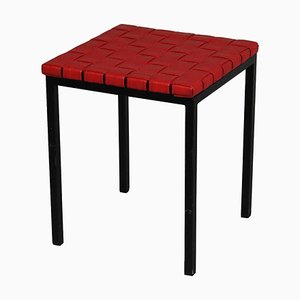
Finnish design company Asko was founded in Lahti in 1918 by cabinetmaker Aukusti Avonius. Right away, the workshop’s operations apart from the competition, because its founder focused on serial production and retail distribution—rather than the one-off and custom work that dominated the carpentry trade at the time. Over the last 100 years, Asko has grown into one of the largest Finnish furniture and appliances brands, with great successes in exporting Finnish designs abroad. In the postwar years, Asko was responsible for producing some of the most iconic Finnish designs of the modernist era.
In the 1930s, Asko expanded their sales offices outside of Finland and gained popularity with international interior designers for minimalist, upholstered furniture. After World War II, however, Asko entered the canon of design history by bringing Olli Borg on as head designer and by collaborating with other major Finnish design talents. Ilmari Tapiovaara designed Asko’s Fanett Chair (1955), Crinolette Chair (1958), and Aslak Chair (1958). Tapio Wirkkala created Asko’s beautifully laminated coffee table—with his signature leaf motif—in 1958. Ilmari Lappalainen was responsible for the Pulkka Lounge (1963), and Stefan Lindfors developed the Draco Chair (1993). These and other Asko pieces have become iconic, collectible design objects.
Asko’s most famous collaboration was with Finnish designer Eero Aarnio, who pushed the boundaries of furniture design with his molded fiberglass (and later polypropylene) chairs, such as the Ball Chair (1963), V.S.O.P. Chair (1966), Pastil Pod Chair (1968), and Tomato Chair (1972).
Since the 1970s, Asko has merged with and been acquired by a number of companies and subdivisions. In the 21st century, the company no longer produces design classics, but it remains a thriving and popular brand, among the most recognized trademarks in Finland.

